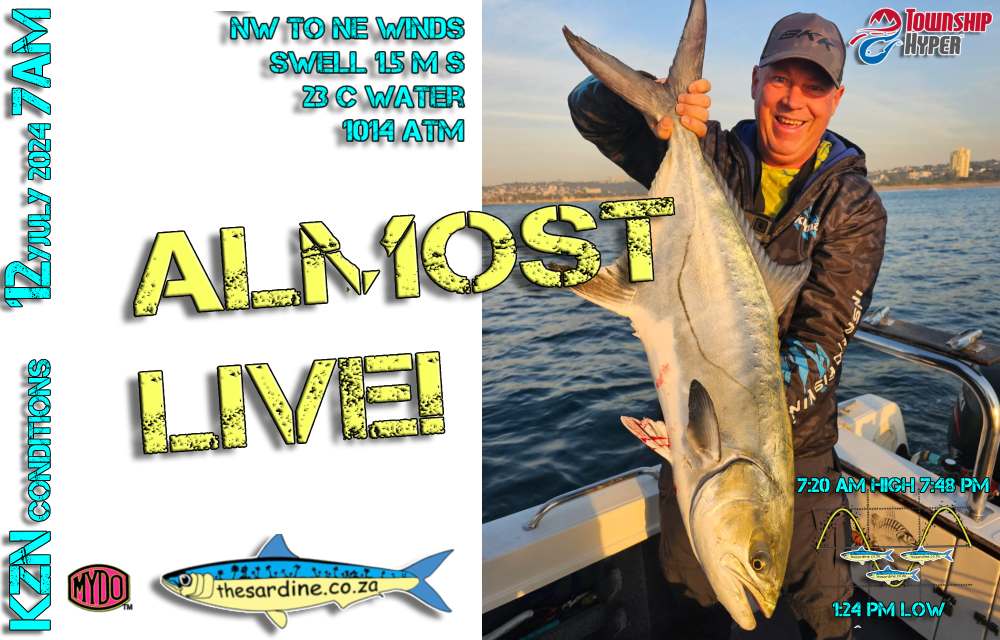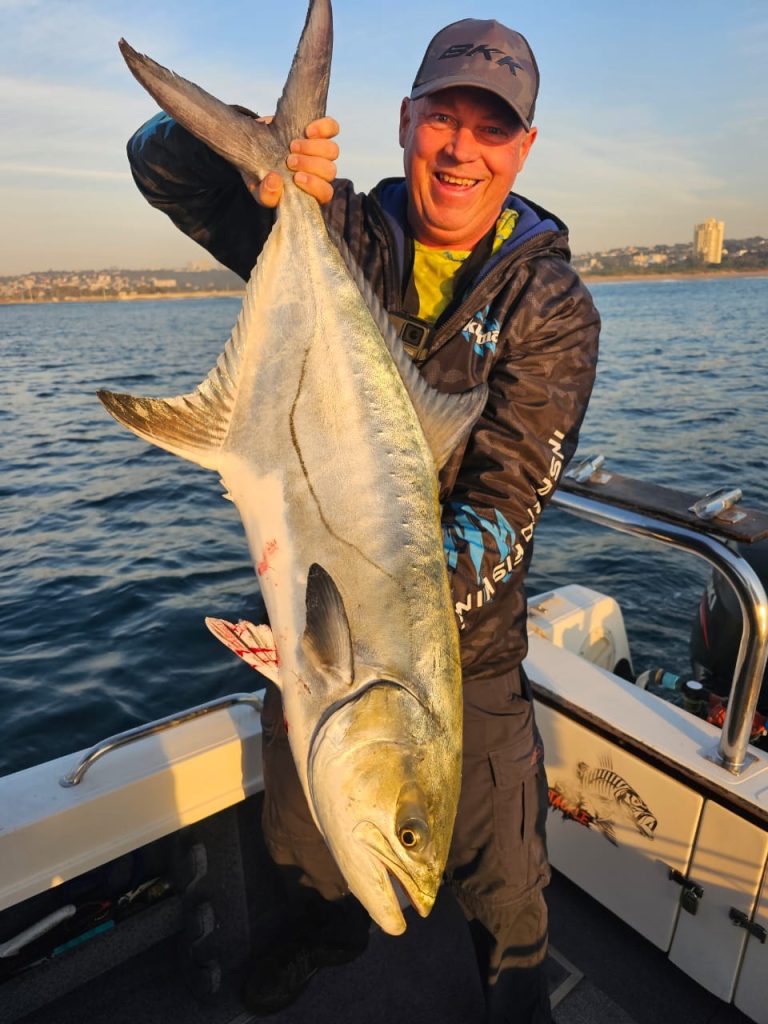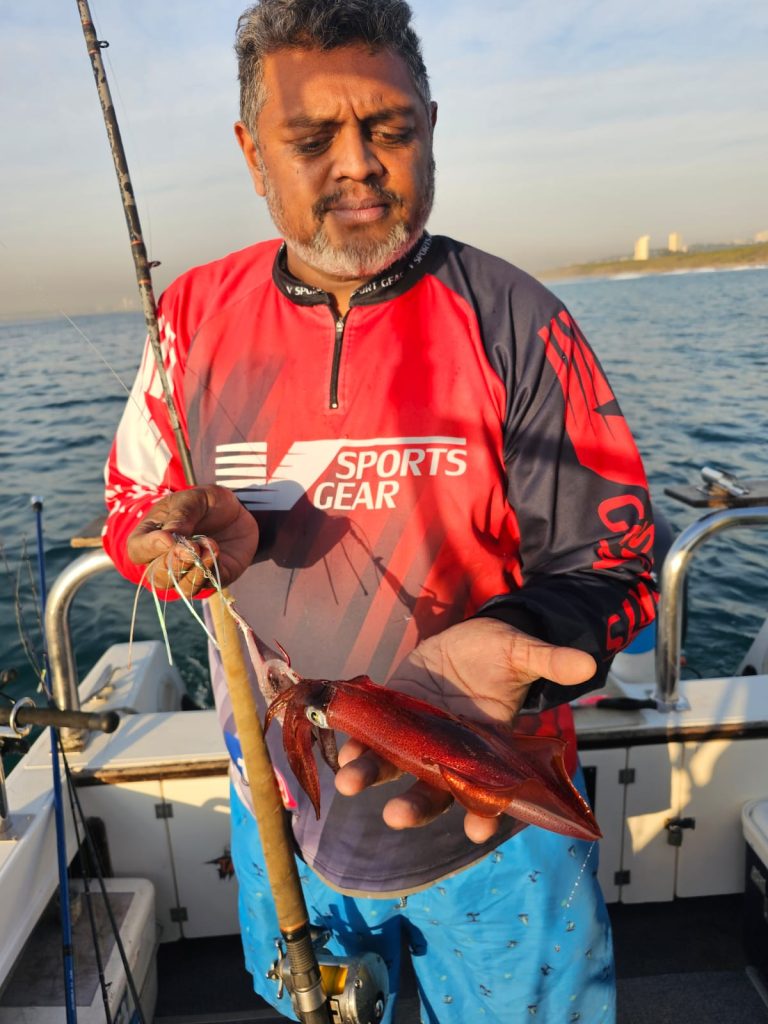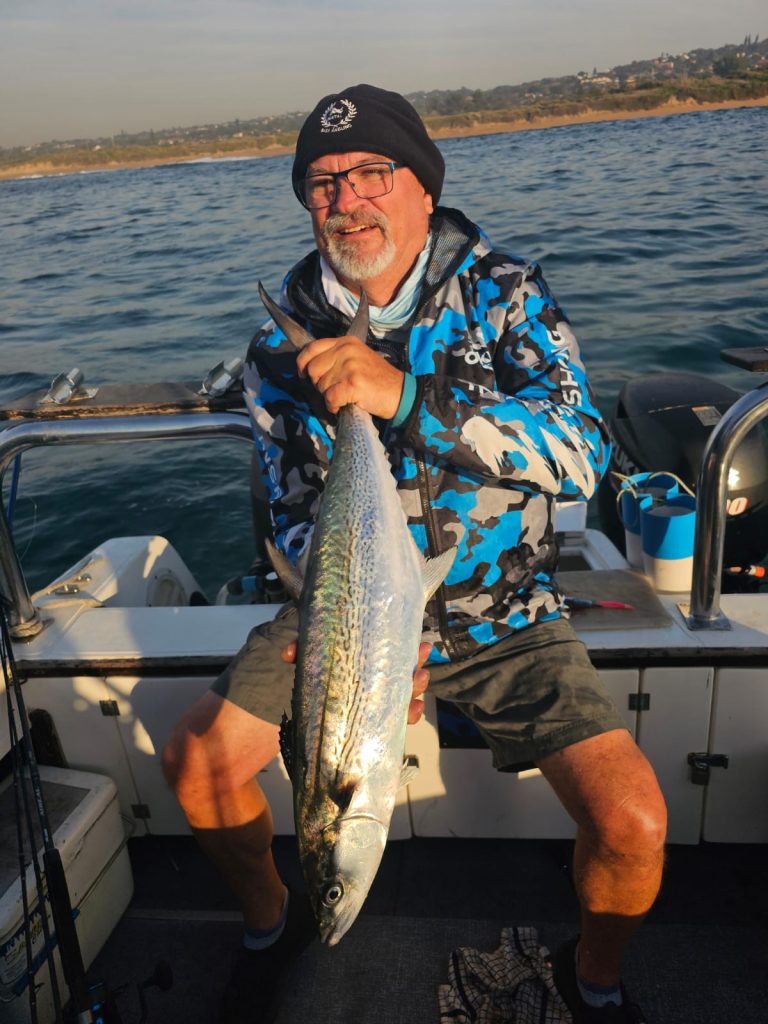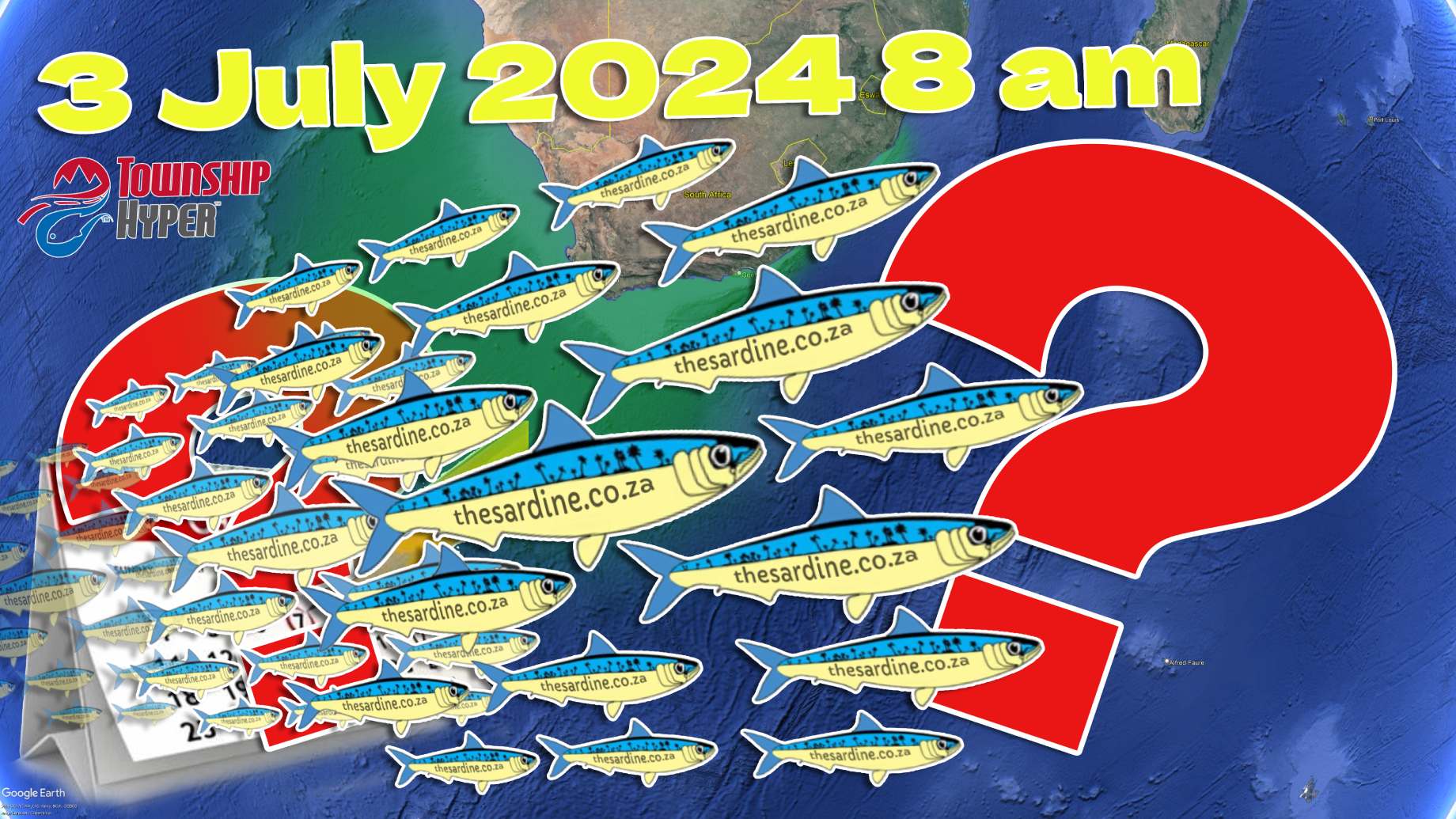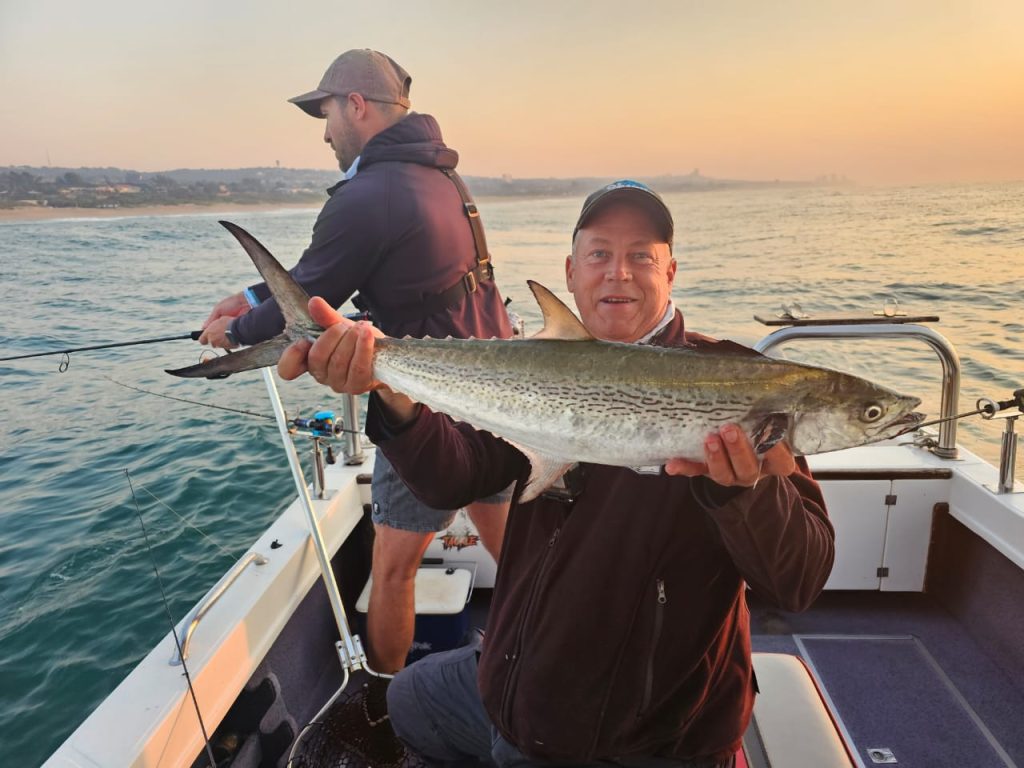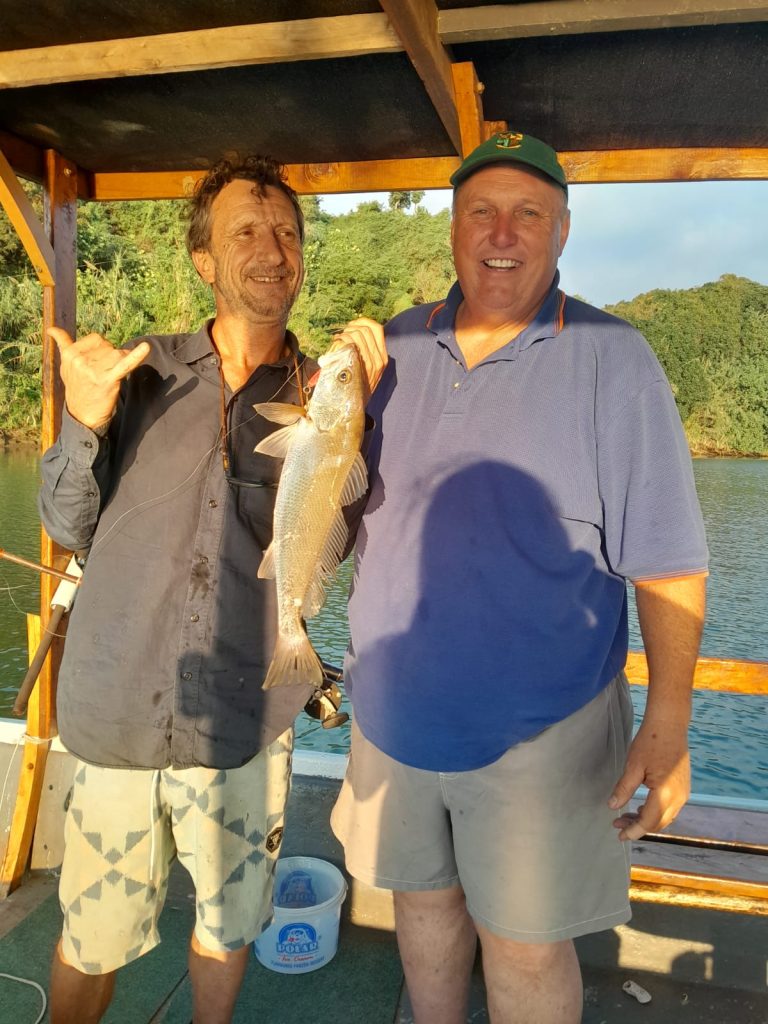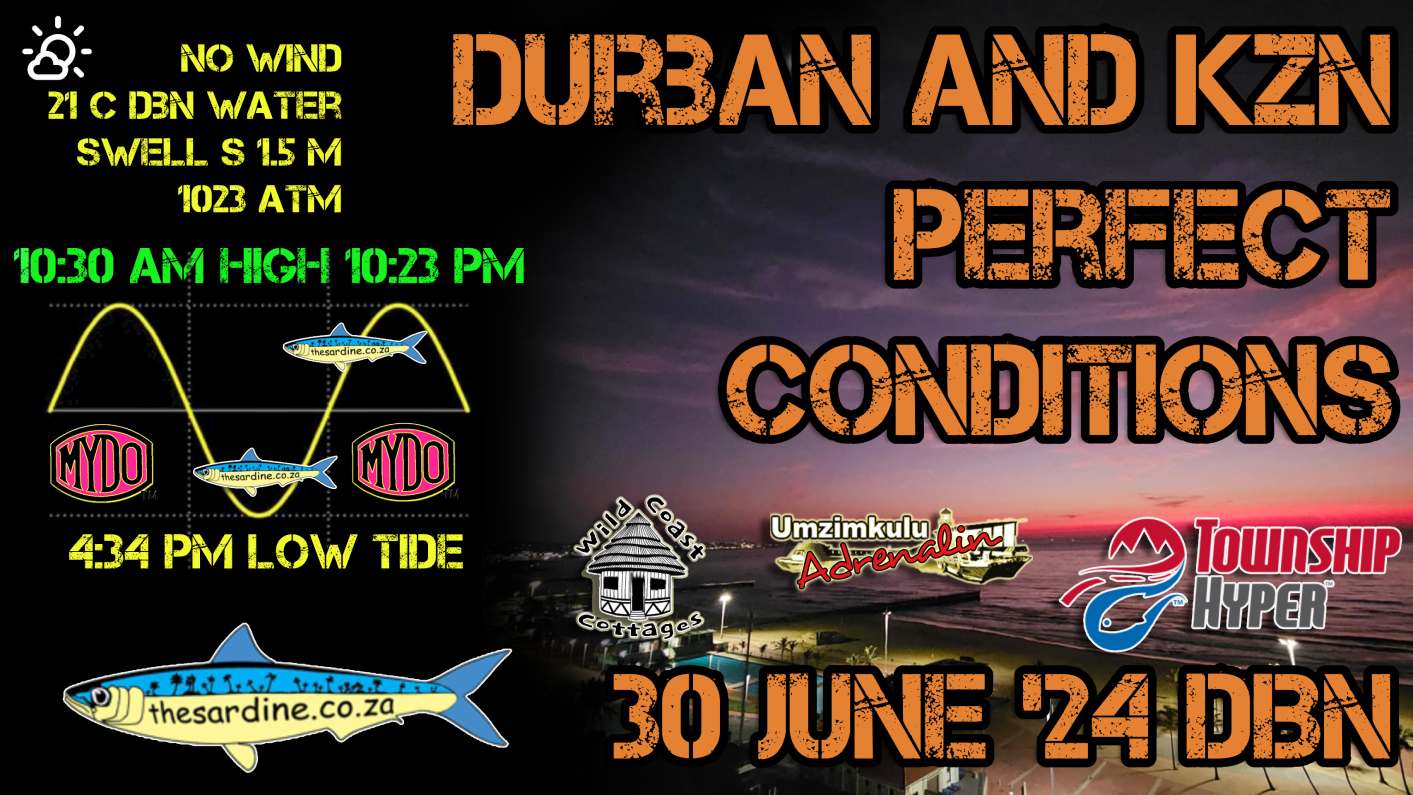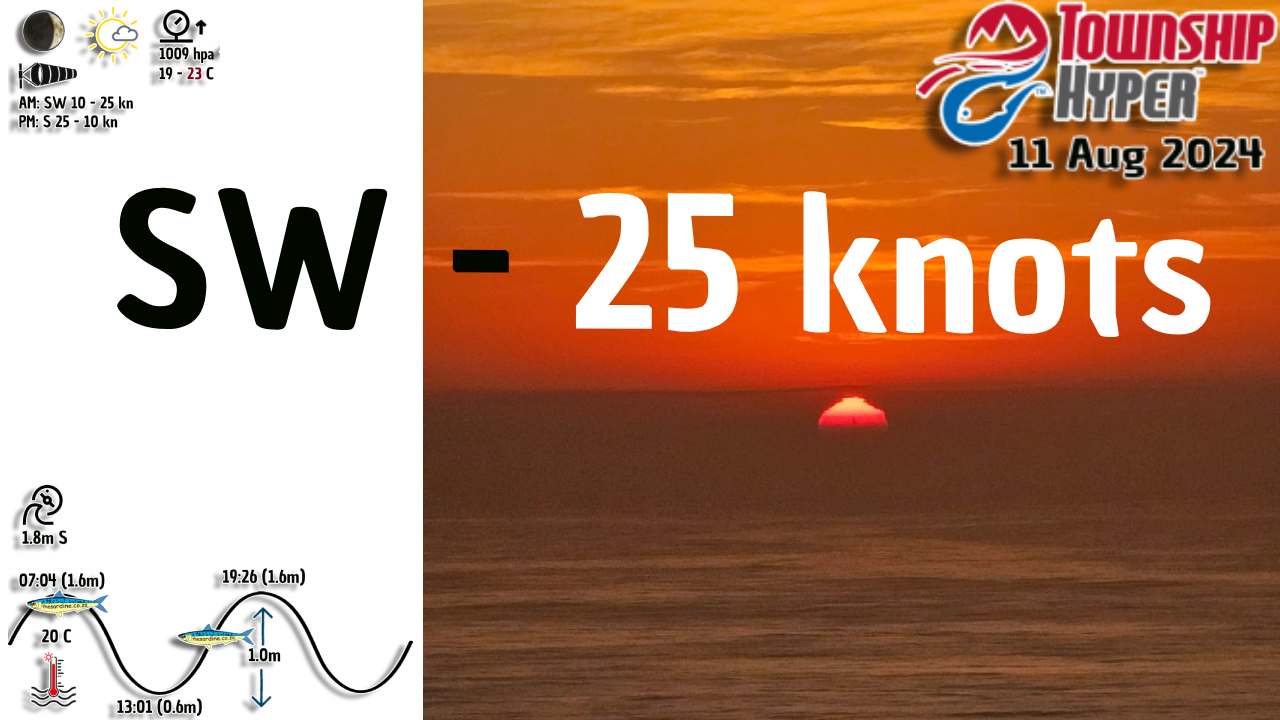
South West winds Painting the Ocean Beautiful
South West winds Painting the Ocean Beautiful: another dreamy little cold front swoops through KZN today Sunday 11 August 2024. Although it is not very offshore down the KZN South Coast, when it comes over the Bluff and onto the Durban beaches, it is totally offshore.
Over to Adam with a conditions update for today…
And then a little later, when the wind actually hit…
10 AM
Now the wind is really blowing in another update right from the beaches in Durban…
Underwater News
The Bear was there! And he won! And he had to write his own story…and it is a classic.
Enjoy!
SHOT to The Bear for flying that flag!
Gallery
Durban before the wind this morning.
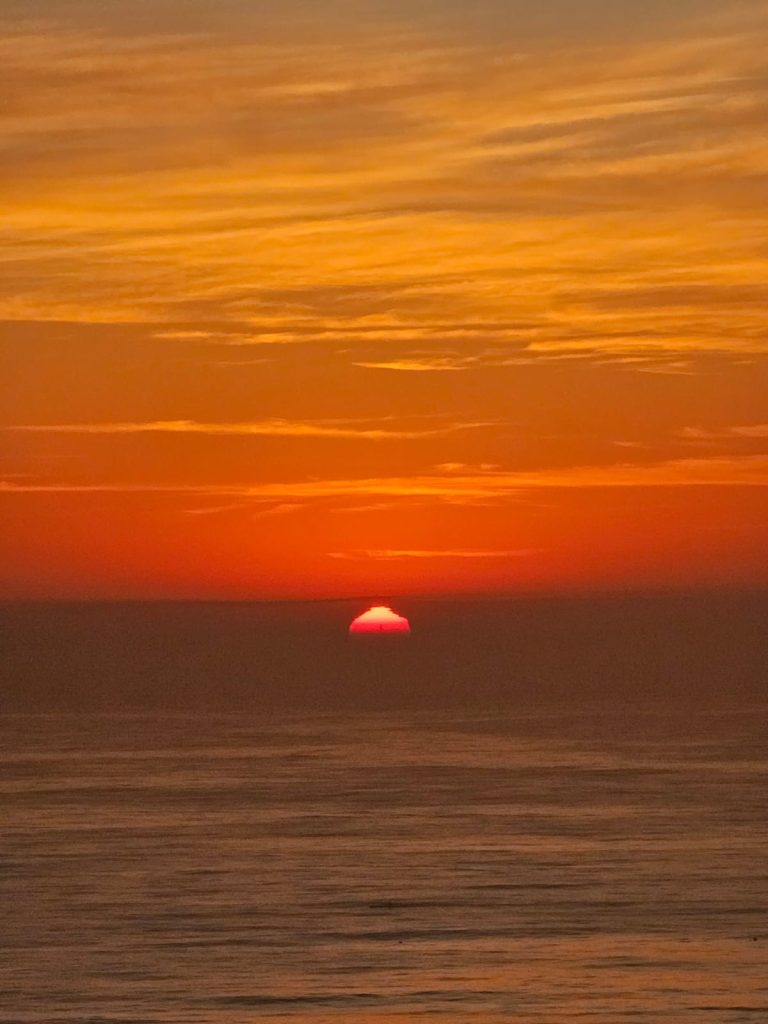
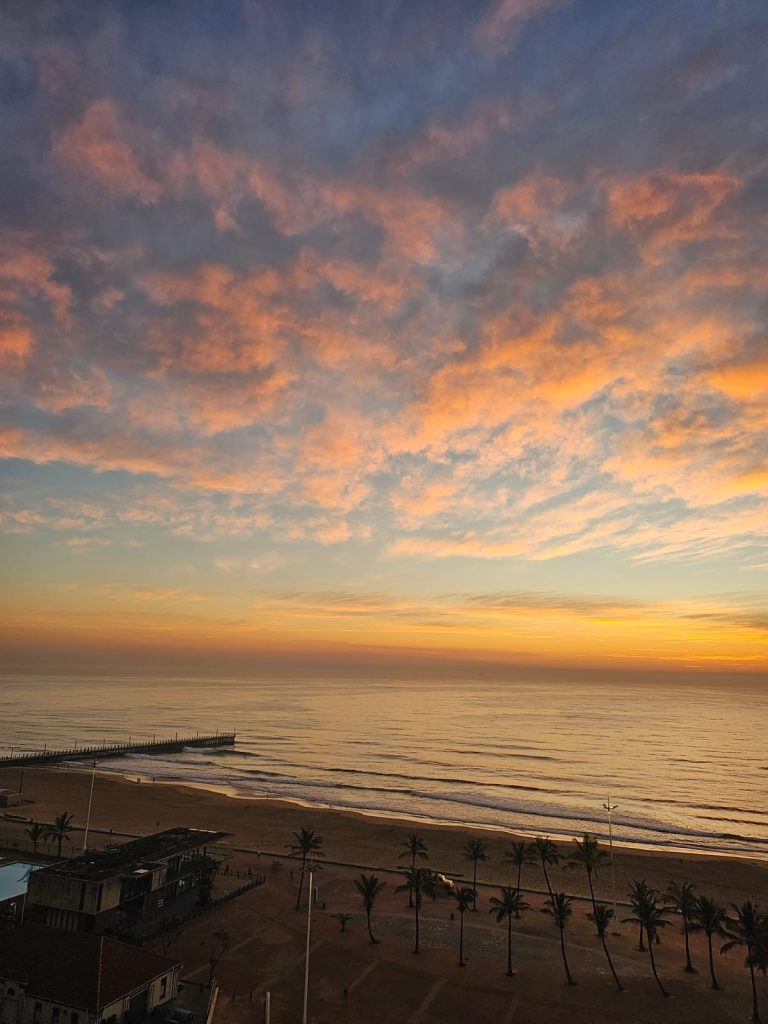
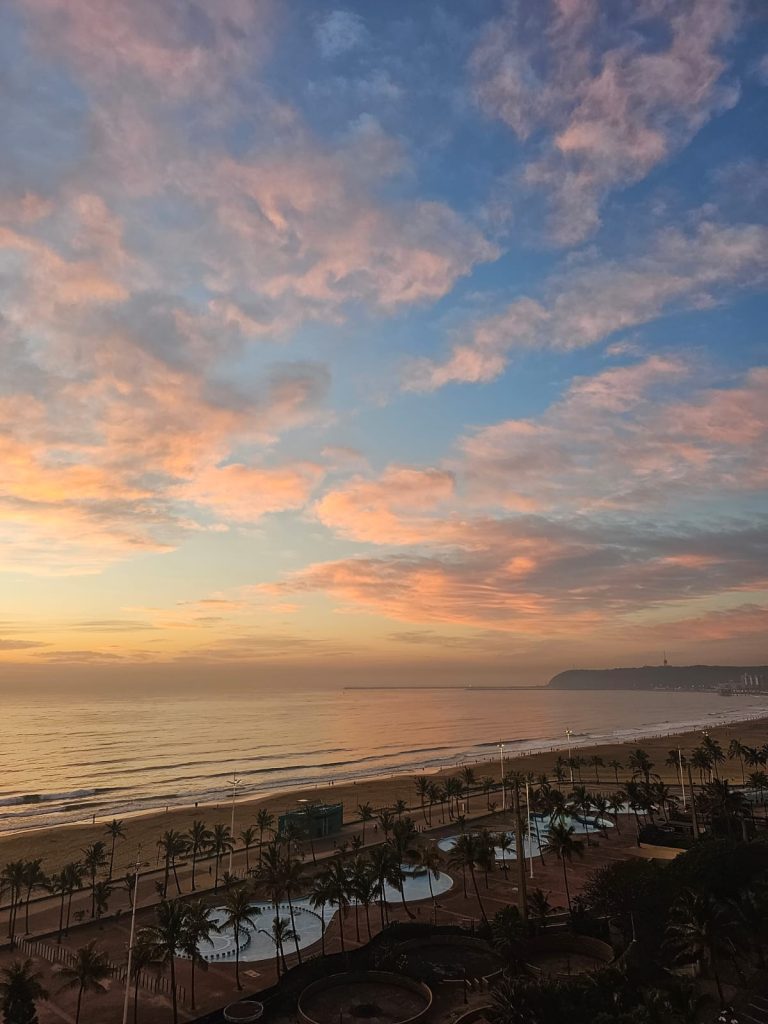
Mozambique 11 AM
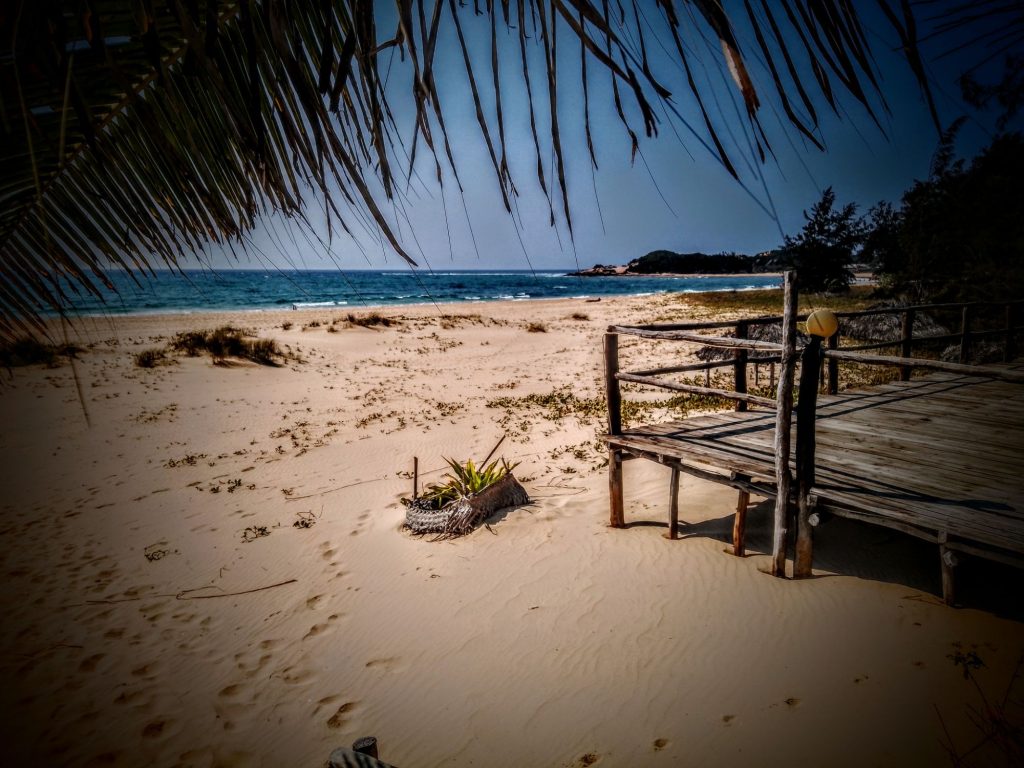
The wind has been blasting non-stop here for days. Straight onshore and right through my brain. Fogging things up! But, tomorrow we finally get an offshore blow.
It’s the same one that just hit Durban in the videos above.
Sardine Maps
Having intel to make the right decisions can save you hours and hours of frivolous sardine hunting. We have taken great care to log the activity of each sardine run since 2021. These records are available for anyone to look at.
If you study the maps year to year, you will see that right now we are only just in the middle of good sardine conditions. And that in previous years catches were made right into the summer months.
Channels
https://youtube.com/@Brucifire – highly entertaining surf reporting
https://youtube.com/@thesardinenews – neva miss a single sardine
https://youtube.com/@fishbazaruto – 1000 pounds plus
https://youtube.com/@mydotackletalk – highly technical sport fishing
https://youtube.com/@surflaunchingsouthernafrica – getting out there safely
https://youtube.com/@waterwoes – complain here
Websites
https://umzimkulu.co.za – self-catering right on the Umzimkulu River
https://umzimkuluadrenalin.co.za – sardine run coming up
https://thesardine.co.za – never miss a single sardine
https://masterwatermen.co.za – news from deep down
https://brucifire.co.za – surf and conditions reporting
https://fishbazaruto.com – your dreams are out there
https://mydofishinglures.co.za – technical sport fishing

